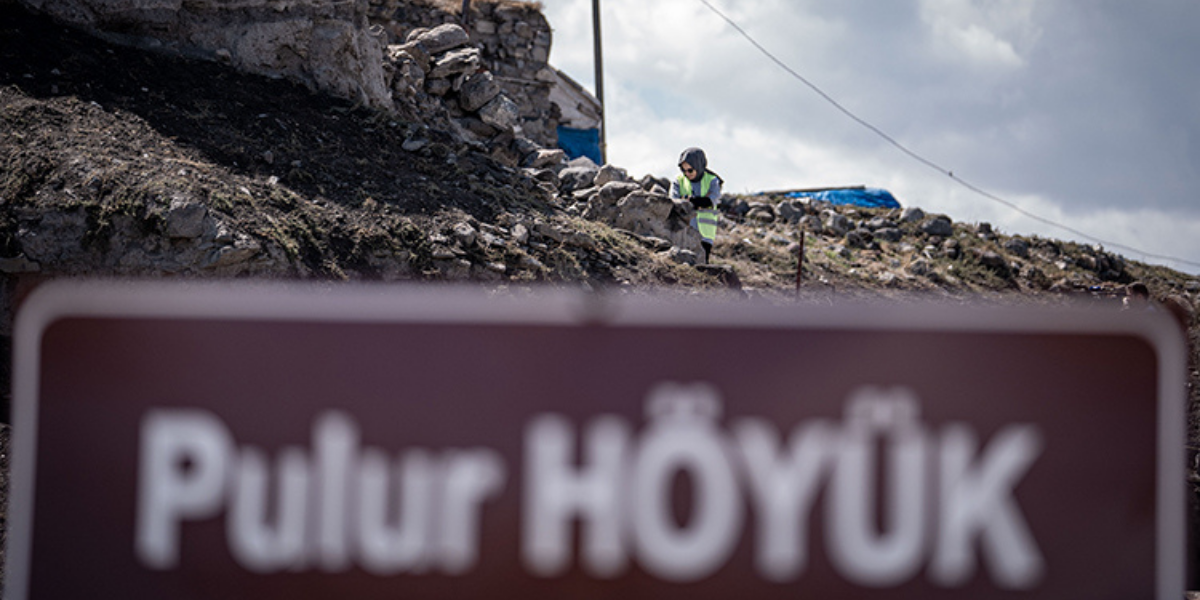
Traces of 7000 years of life found at Pulur Höyük in eastern Türkiye
Excavations at the Pulur Höyük (Pulur Mound) in the Ilıca district of Erzurum in eastern Türkiye have revealed traces of a 7,000-year-old settlement.
Pulur Höyük excavations continue under the coordination of the Ministry of Culture and Tourism and under the direction of Assoc. Prof. Dr. Rabia Akarsu, a faculty member of Atatürk University Faculty of Letters, Department of Archaeology.
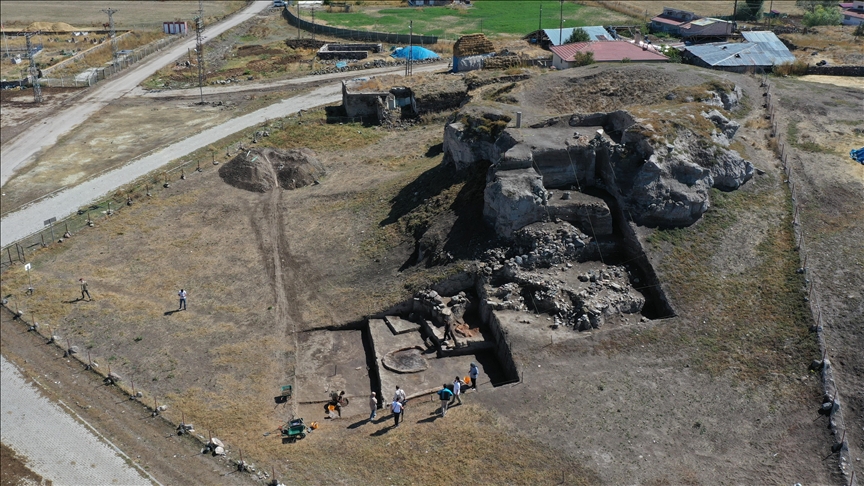
Assoc. Prof. Dr. Rabia Akarsu said that stone architectural traces, fixed hearths, grain silos, ovens and ceramic workshops dating back 7 thousand years have been unearthed so far.
The ongoing excavations with the participation of scientists from various universities started in the Middle Chalcolithic Age layer identified last year. After more than 1.5 months, the Early Chalcolithic layer was also reached.
📣 Our WhatsApp channel is now LIVE! Stay up-to-date with the latest news and updates, just click here to follow us on WhatsApp and never miss a thing!!
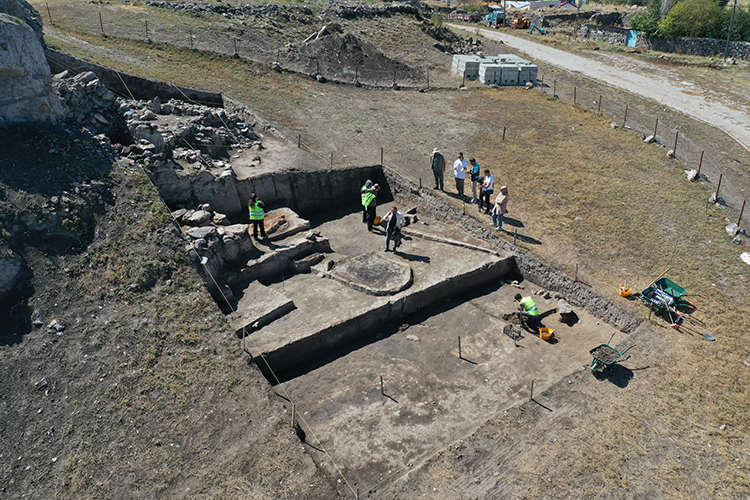
Rabia Akarsu said, “We uncovered round stone architectural traces, we see changes in ceramic material, and we also uncovered traces of hearths in different structures.”
Pointing out that they uncovered the grain silos where wheat was stored, Akarsu said
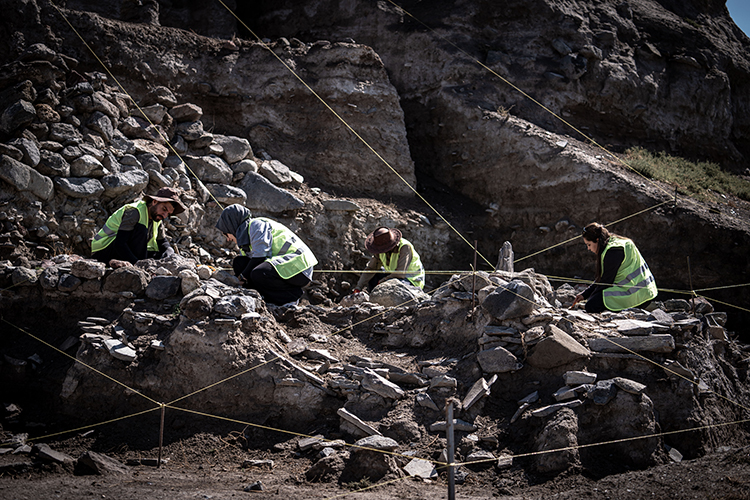
“In the excavations that have been going on for about 4 years, we have determined that there are traces of settled life in Pulur Höyük dating back to 7 thousand years ago. During the excavations, we uncovered 2-meter production furnaces, workshops with walls made of mud blocks, ceramic workshops and semi-produced ceramics were found in situ. These have shown us in a very good way that in addition to agriculture and animal husbandry activities in Pulur Höyük, people settled here continuously, not at certain times.”
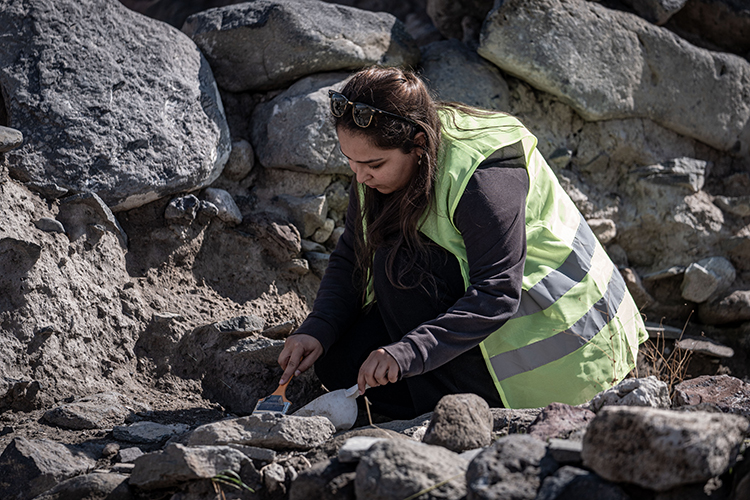
Woman figurine dating back 7 thousand years found in Pulur this year
Akarsu said, “In Anatolian archaeology, Erzurum is the gateway to Anatolia for many civilizations and cultures due to its location. We reveal very important results every year with the excavations at Pulur Höyük. This year, female sculpture was unearthed. This belongs to 7 thousand years ago. Especially in Eastern Anatolia and Erzurum, there are not many known female statuettes, they are very rare finds. With these excavations, we will definitely put new information there every year.”
Cover Photo: İlhami Erkılıç/AA
You may also like
- A 1700-year-old statue of Pan unearthed during the excavations at Polyeuktos in İstanbul
- The granary was found in the ancient city of Sebaste, founded by the first Roman emperor Augustus
- Donalar Kale Kapı Rock Tomb or Donalar Rock Tomb
- Theater emerges as works continue in ancient city of Perinthos
- Urartian King Argishti’s bronze shield revealed the name of an unknown country
- The religious center of Lycia, the ancient city of Letoon
- Who were the Luwians?
- A new study brings a fresh perspective on the Anatolian origin of the Indo-European languages
- Perhaps the oldest thermal treatment center in the world, which has been in continuous use for 2000 years -Basilica Therma Roman Bath or King’s Daughter-
- The largest synagogue of the ancient world, located in the ancient city of Sardis, is being restored











Leave a Reply